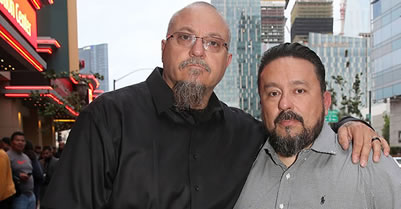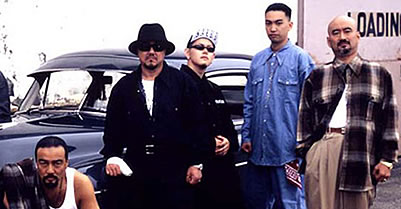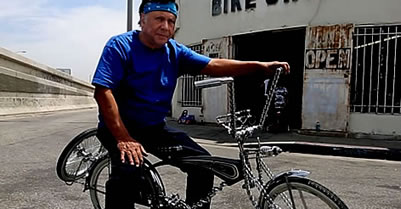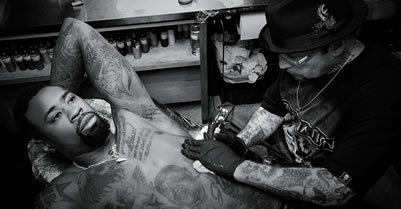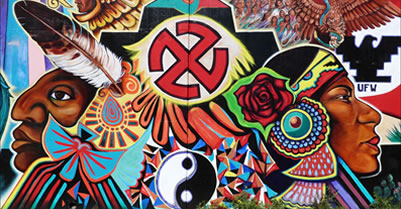Police Abuse in America’s Barrios: excerpt from 'La Bloga', Oldest Chicano Literary Blog
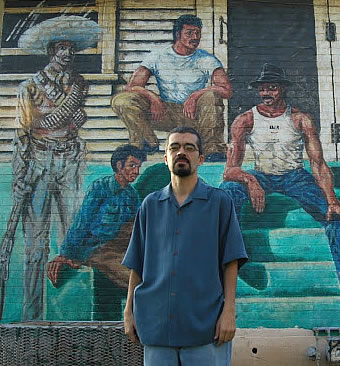
Growing up on the mean streets of East Los Angeles—Ramona Gardens public housing project or Big Hazard projects—I witnessed/experienced police abuse. For myself, along with childhood homeboys and siblings, it occurred so frequently, where I naively thought that all Americans feared the cops. It first starts as fear; it then morphs into hate.
“Hands up.”
“Hands behind your back.”
“Get against the wall.”
“Get on your knees.”
In the projects and other racialized communities, in contrast to lily white suburbs, the cops represented (to the present) military occupation forces. Hence, why should we cooperate with them? Why should we inform or snitch on our brown neighbors? This is why we create our own street code—our own mores or morality to survive. Trust and respect must be earned!
It’s all about context. In the lily white suburbs, when something bad happens, the privileged white residents don’t hesitate to call the cops for prompt responses. In the projects or America’s barrios, that’s a recipe for disaster. You call the cops and then you often become the suspect. How is it that for those of us who grew up in the barrio frequently “fit the description,” when pulled over by the cops?” I guess “all Mexicans” look alike.
As a Chicano kid who loved to play sports, where my “gang application” was rejected for being too thin, I remember the first time the cops harassed my friends and I. When bored, we would jump the fence at Murchison Street Elementary to play on the school yard. One day, the cops arrived in several patrol cars, where they forced us on our knees with our hands up for what seemed an eternity. Did I mention that the asphalt was hot! We were just poor, brown kids playing baseball with used gloves and torn baseballs. We weren’t white nationalists “protesting” with tiki torches in Charlottesville, Virginia. We weren’t white militia (heavily armed) taking over the Michigan Capitol in Lansing. As brown kids, we received a clear message from the state that took me years to figure out, as I gained political consciousness: “We’re treated like foreigners in our own land.”
On a regular basis, the cops patrolled the projects and hunted brown “suspects.” Just like the abject poverty we experienced, patrol cars and helicopters were omnipresent. Before taking the “brown suspects” to be booked at the Hollenbeck Police Station, the cops would often rough up the homeboys. I guess they couldn’t wait for the courts to inflict bodily and mental pain on the alleged suspects? I guess the legal concept of “innocent until proven guilty” doesn’t apply to brown bodies? On too many occasions, their cruelty resulted in murder of brown people. If that’s not criminality, like in the case of Eric Garner in New York or, more recently, George Floyd in Minneapolis (among countless others), I don’t know what is? Speaking of particular cases, let’s not forget about the countless Chicanos killed by the cops, like in the case of Jose Mendez, a 16-year-old killed on February 6, 2016, in East Los Angeles. While cop killings of Chicano youth and men don’t get reported and protested at a national level similarly to African Americans—where I’m in solidarity with my black brothers and sisters—the most famous case of a Chicano killed by the cops goes back to August 29, 1970, with murder of the journalist Ruben Salazar during the massive Chicana/o Moratorium protest



